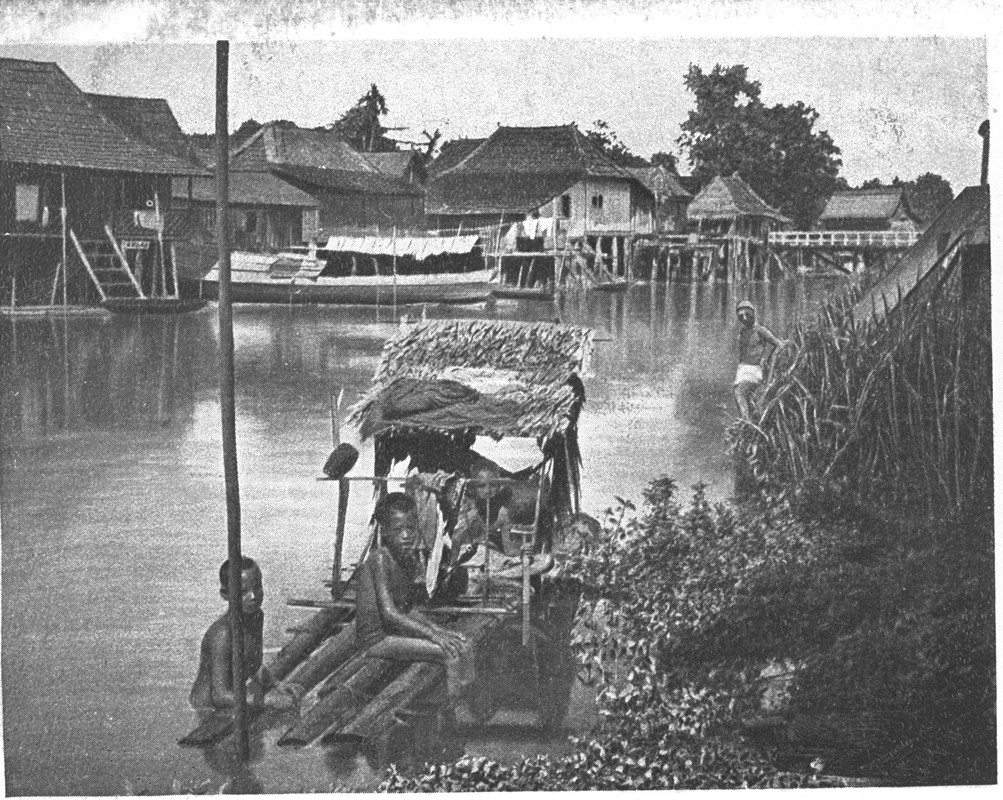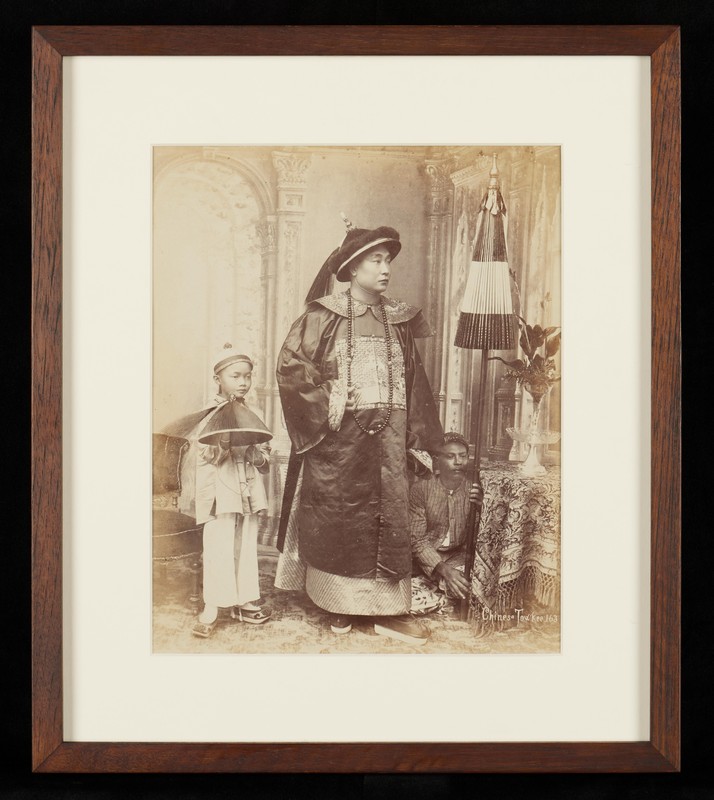Teochew cemeteries in Singapore
In the early years, most of the Teochew immigrants who had settled in Singapore were labourers who had travelled to the country alone to seek a living. Faced with harsh living conditions, they often had to confront the threats of illness and death. Many of these impoverished immigrants had little hope of returning to their hometown to spend their final days. As there were very few public cemeteries for Teochews in Singapore at the time, and many burial sites and communal cemeteries were owned by Christian or Muslim organisations, the issue of ensuring a proper burial in a foreign land was a pressing concern for many early Teochew immigrants.
Early Teochew cemeteries
In around 1830, wealthy Teochew businessman Seah Eu Chin (1805–1883) rallied representatives of the 12 major surname groups from the Teochew community to donate money to establish Ngee Ann Kun (later renamed Ngee Ann Kongsi). The association was tasked with raising funds to purchase land for Teochew immigrants to use as burial grounds.
Ngee Ann Kongsi first bought a 70-acre piece of land between Orchard Road, Paterson Road, and Grange Road from the British East India Company in 1845 for that purpose. The site — where the Ngee Ann City shopping and office complex now sits — was originally a pepper and gambier plantation belonging to a Teochew man named Lin Taishan (birth and death years unknown). The cemetery was thus named Tai Shan Ting.
After that, the Kongsi went on to acquire more land to use as cemeteries for the Teochews. These included Kwong Eng Suah (about 45 acres) between Balestier Road and Thomson Road, Kwong Yik Suah (about 45 acres) at Upper Serangoon Road, Kwong Hou Suah (36 acres) at Bukit Panjang Road, Kwong Siu Suah (99 acres) at Bukit Timah Road where Ngee Ann Polytechnic now sits, and Kwong Ying Suah (about one acre) at Mata Ikan in Changi. In 1933, the government also handed over the management of the Teochew cemetery Kwong Teck Suah (about 79 acres) at Sembawang Road to Ngee Ann Kongsi. In 1961, the Kongsi established a Teochew funeral parlour at Upper Serangoon Road near Kwong Yik Suah.



Teochew communal cemetery
Starting from the 1950s, due to urban redevelopment and housing development plans, these cemeteries and the funeral parlour were requisitioned by the government for the construction of highways, housing, schools, hospitals, MRT stations, and other community facilities. There were about 34,000 remains that had been removed from the various burial sites and left unclaimed. Ngee Ann Kongsi then leased a 6ha plot of land from the government for the long term at the former site of Kwong Teck Suah, and built a Teochew communal cemetery (now Teochew Memorial Park) to house these remains and ashes. Public memorial ceremonies and services were also regularly held with the participation of other Teochew community organisations.
Ngee Ann Kongsi also built a modern funeral parlour at Ubi Road 4 in 1989, and made it available to people outside of the Teochew community. The opening of this new funeral parlour and the communal cemetery reflects how the Kongsi continues to serve its original objective of providing after-death services for the Teochew community.
The traditional practice of Chinese burials has been replaced by cremation in Singapore, but there is still a concern for having places to enshrine ancestral ashes, make offerings, and hold ceremonies for the deceased. To cope with the increasing demand, Teochew charitable halls also offer spaces for longevity tablets, ancestral tablets, and cremation urns, and regularly make collective offerings during the eight important Chinese festivals — namely Chinese New Year, Yuan Xiao Jie (15th day of Chinese New Year), Qing Ming Festival, Dragon Boat Festival (Duan Wu Festival), Hungry Ghost Festival, Mid-Autumn Festival, Winter Solstice and Chinese New Year’s Eve.
Many Teochew families maintain the practice of placing all the ancestral tablets and urns of deceased family members with the same charitable organisation; this is similar to the tradition of burying all departed members of the extended family in the same cemetery. Even though the practices have changed, the traditional rituals and the spirit of filial piety in honouring one’s ancestors continue to be passed down within the Teochew community.
This is an edited and translated version of 新加坡潮州社群的坟山与公墓. Click here to read original piece.
Phua, Chay Long. Malaiya chao qiao tongjian [History of Malayan Teochews]. Singapore: Nantao Publishing House, 1950. | |
Tan, Gia Lim. An Introduction to the Culture and History of the Teochews in Singapore. Singapore: World Scientific, 2018. | |
Tan, Sumiko. Ngee Ann Kongsi: Into the Next Millennium. Singapore: Ngee Ann Kongsi, 2005. | |
“Teochew Memorial Park”. National Heritage Board’s Roots. |










